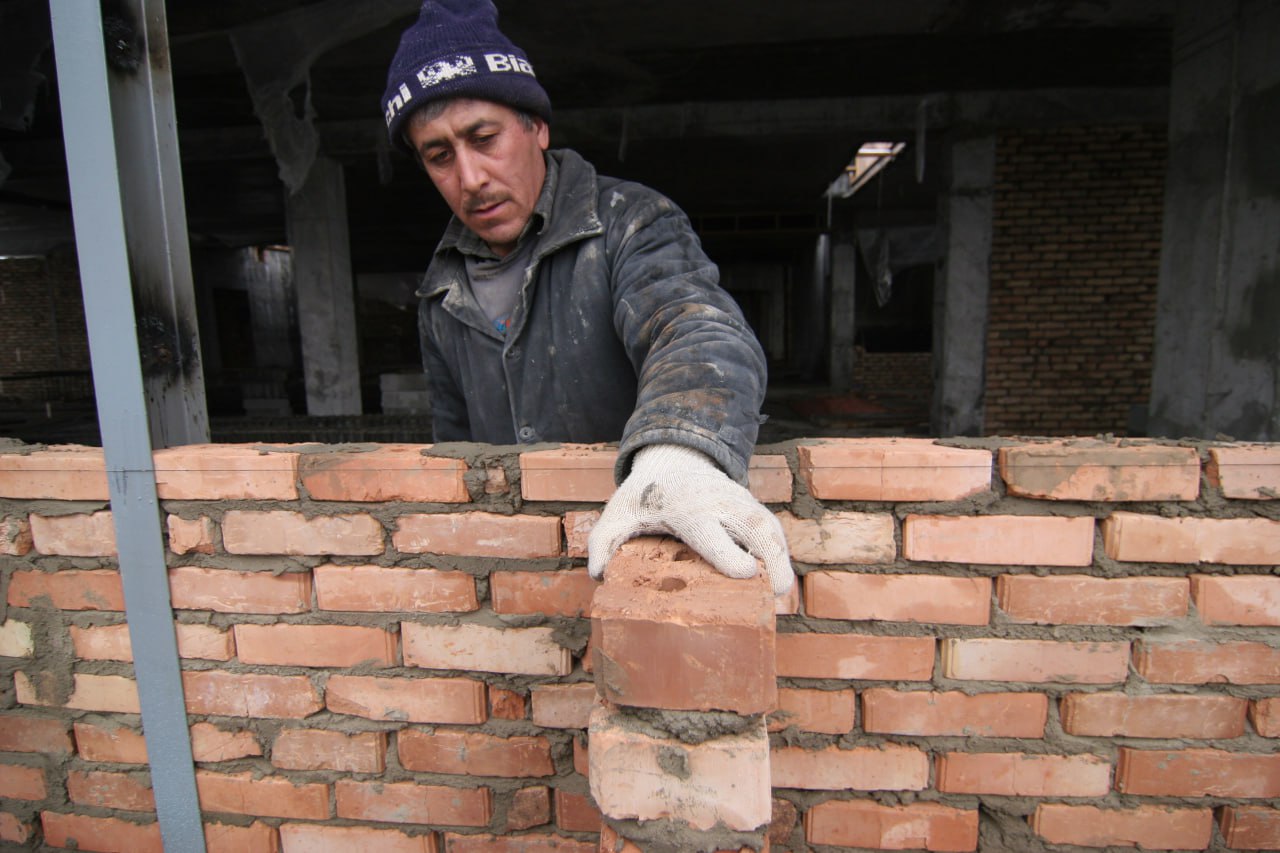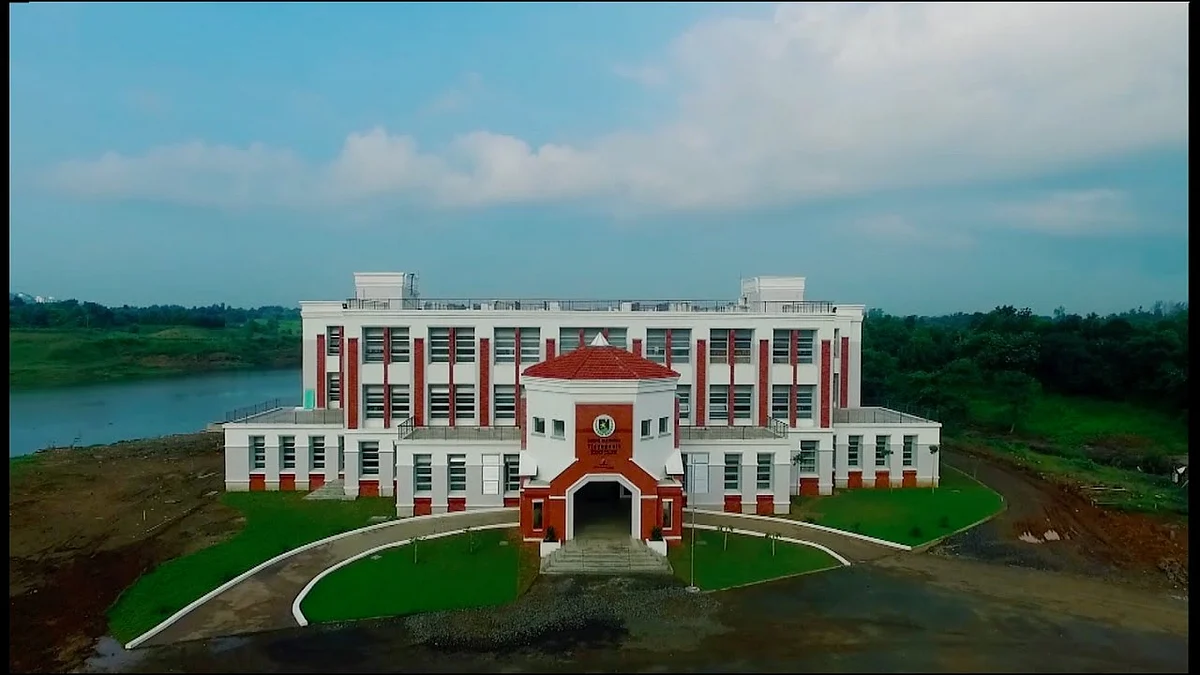By Google Inc
Copyright asiaplustj

While Tajikistan has made notable progress in reducing poverty, the World Bank warns that the country’s economy remains vulnerable due to its heavy reliance on migration and remittances. For sustainable development, Tajikistan must shift focus toward creating jobs within the country, addressing social and regional inequality, and improving its education system.
Tajikistan has achieved remarkable progress in reducing poverty over the past decade, according to a new World Bank report released on September 22. The Tajikistan Poverty and Equity Assessment says the national poverty rate declined from 56% in 2010 to about 20% in 2024. Over the same period, the share of the middle class increased more than fourfold, from 8% to 33% of the population.
Moving from migration dependence to domestic economic growth
The World Bank recommends that Tajikistan move away from an economy dependent on migration and remittances, and instead prioritize the creation of sustainable jobs within the country.
The report proposes transforming agriculture by adopting climate-resilient technologies, promoting labor-intensive sectors such as agriculture processing, services, and small businesses, expanding access to education and vocational training, particularly in rural areas, and strengthening the social safety net to protect vulnerable households.
“We are impressed with Tajikistan’s progress in reducing poverty, but to sustain and deepen these achievements, a shift in focus is necessary,” said Winnie Wei Wang, Acting Country Manager of the World Bank Group in Tajikistan.
“For a more inclusive and sustainable economy, Tajikistan must transition from a migration-based model to one that prioritizes job creation within the country, reduces spatial inequality, and increases investment in workforce development. By focusing on these areas, the country can achieve sustainable, inclusive growth.”
Employment challenges and gender inequality
Despite positive trends, the report stresses that economic growth has not translated into a sufficient number of jobs.
Income growth has largely been driven by wage increases in existing sectors and remittances, which account for over 30% of the country’s GDP. However, employment remains low, with just 40% of the working-age population employed in 2022—one of the lowest rates in the region. Women’s participation in the economy is also limited, at only 21%.
Social inequality has worsened, with the Gini coefficient, a measure of income inequality, rising from 32 to 38 between 2021 and 2023.
The report also notes that the issue is most severe in rural and remote areas, where access to markets and infrastructure is limited.



